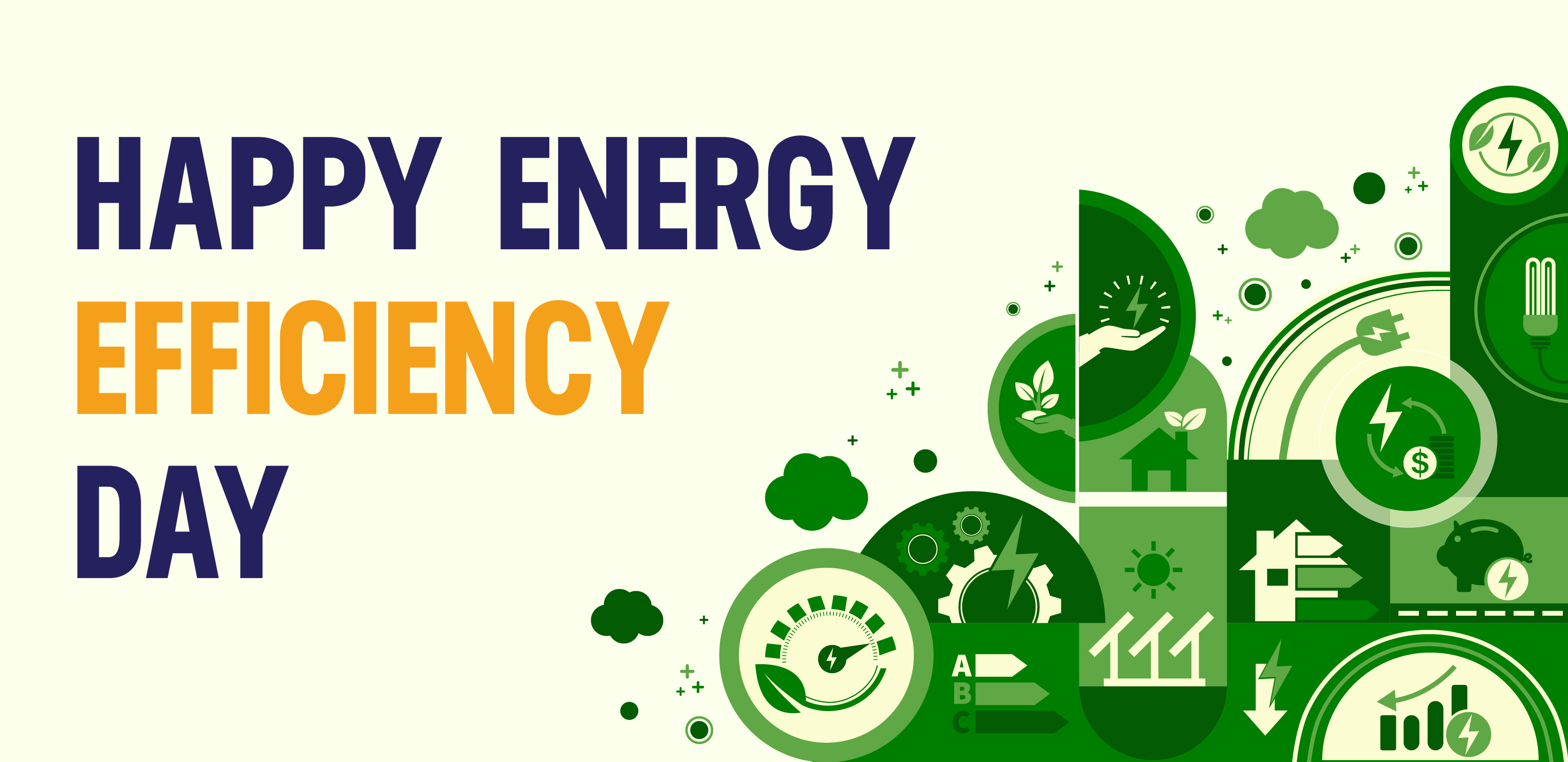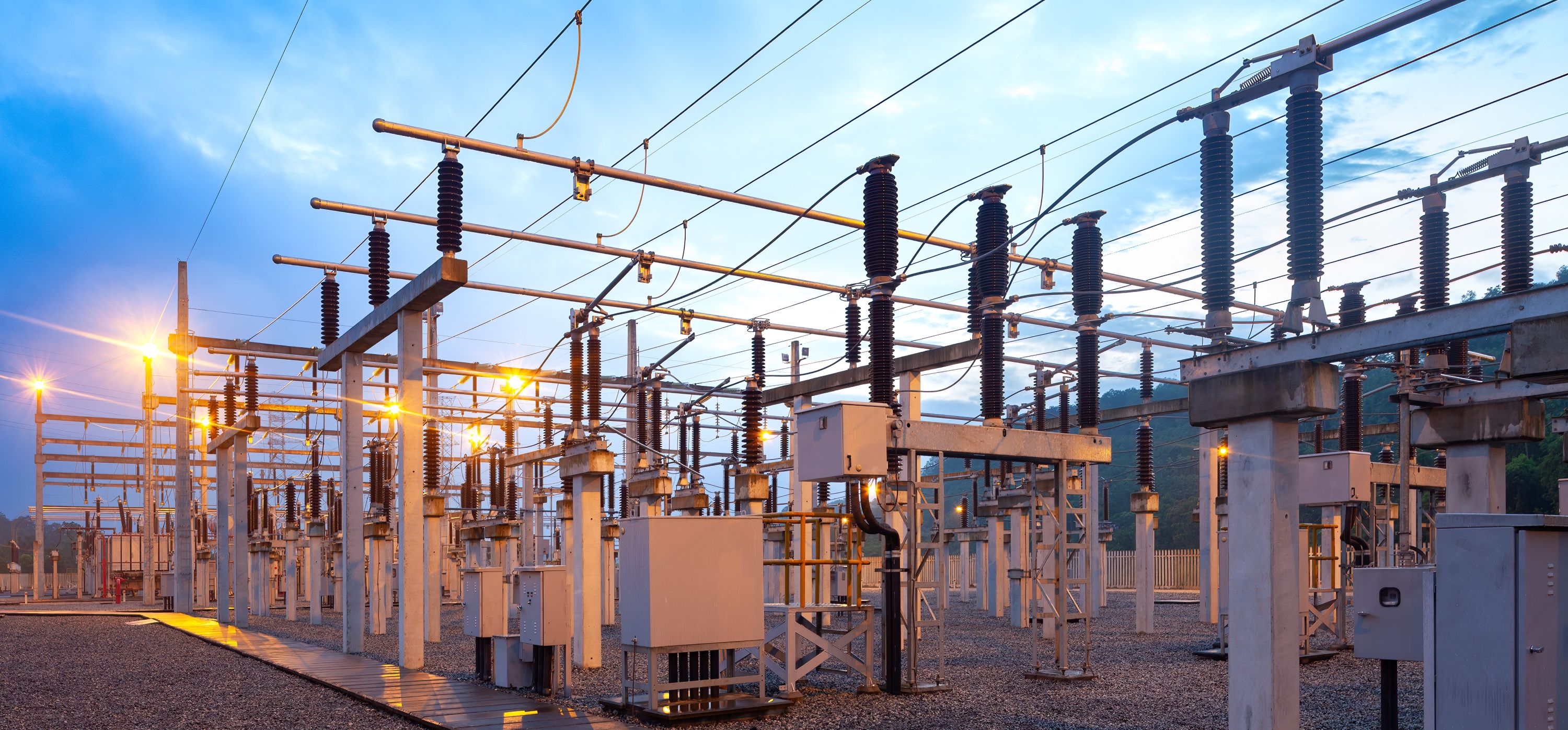Building Energy Codes Are a Quiet Success Story of the Infrastructure Bill
Let's Save Energy
Alliance to Save Energy's Blog
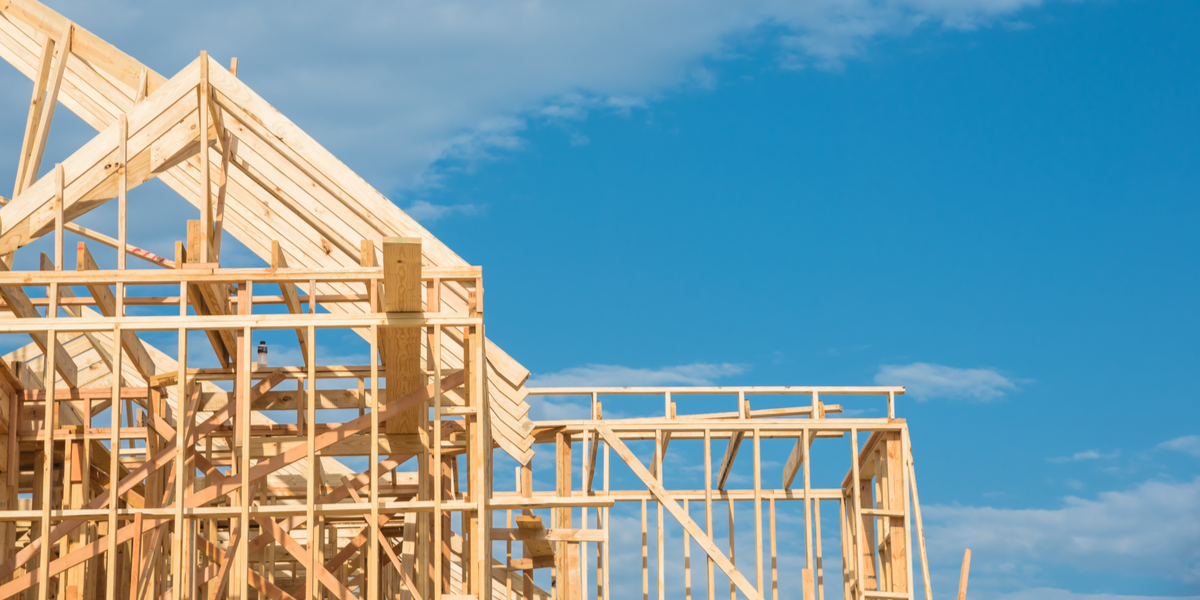
Guest blog by Michelle Gross, Advocacy & Policy Manager, Performance Building Solutions & Corian® Design, DuPont
Last month, President Biden signed into law the $1.2 trillion bipartisan infrastructure framework, formally known as the Infrastructure Investment and Jobs Act (H.R. 3684). The deal is “a big deal” not only because it’s an increasingly rare bipartisan agreement, but because it represents a significant step toward meeting U.S. climate targets, which include a 50-52% reduction in greenhouse gases (GHGs) from 2005 levels by 2030 and a carbon-free power sector by 2035.
Those goals simply are not attainable without addressing the climate impact of our nation’s buildings, which accounted for nearly one-third of U.S. greenhouse gas emissions and 75% of its electricity consumption in 2019. Thankfully, the infrastructure bill includes a critical provision providing $225 million in grants over five years to state and local governments to adopt updated building energy codes and to train the workforce. This funding will help tap the full potential of energy efficiency to decarbonize the building sector while reducing energy costs for consumers and businesses alike.
Building Energy Codes Are State Codes
Building energy codes are developed at the national level but are adopted by states, which can choose to keep them intact or amend the code to meet local needs. Codes include minimum efficiency requirements for the building envelope and its mechanical systems including heat, ventilation, and air-conditioning (HVAC) systems, hot water, power and lighting systems, and further requirements for commercial buildings such as refrigeration. Newer codes also have provisions that recognize the increasing penetration of rooftop solar and electric vehicles. What’s more, modern building energy codes include both prescriptive paths and more optional performance-based pathways to meet the efficiency requirements developed through many rounds of stakeholder engagement and input from experts.
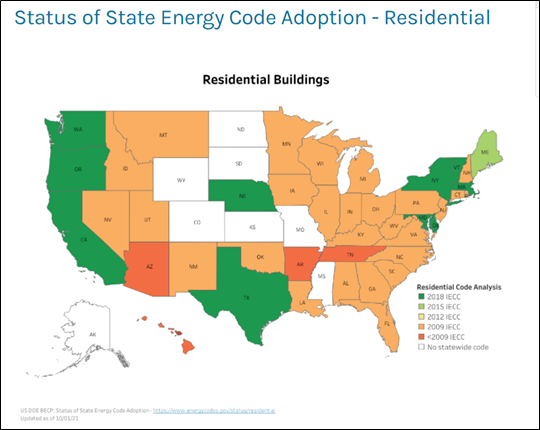
(Source: Building Energy Codes Program)
Code adoption will further state and federal climate goals
States that adopt building energy codes save their residents and businesses money, while those that stick to older codes with outdated energy requirements lock in energy waste for decades. The Pacific Northwest National Laboratory found the 2021 IECC dramatically improves energy performance cost-effectively. PNNL found that when compared to the 2018 IECC, the new code represents an additional 9.4% in energy savings, 8.7% reduction in carbon emissions, and saves homeowners an average of $2,320 over the life of a typical mortgage.
And when compared to older codes, the benefits are even more impressive. For example, updating codes to the 2021 IECC from the 2006 version represents a 40% improvement, meaning that states with the oldest codes stand to gain the most from adopting current standards.
This means the time is ripe for states to update their codes to the 2021 International Energy Conservation Code (IECC) for residential buildings or the ANSI/ASHRAE/IES Standard 90.1-2019 for commercial buildings. The International Code Council’s Code on a Mission campaign aims to get more than a third of the U.S. population covered by codes based on the 2021 IECC by the end of 2023.
Code Adoption Status is lagging far behind…
Unfortunately, the code adoption picture is not quite there yet. At a time when one in three households struggles to meet energy costs, 38 states either have significantly outdated residential codes (published in 2009 or before) or no statewide code at all! It’s a similar story in the commercial sector, where 26 states have codes that are more than a decade old – including eight with none.
So far, two states have adopted the 2021 IECC: Maine (as a stretch code for localities) and Nevada. For Maine, that switch from the 2015 IECC can reduce household energy consumption by 15% and also advances options for zero-energy ready homes. These are the types of changes needed in other states so that poorly constructed buildings that inefficiently use energy do not continue to be built.
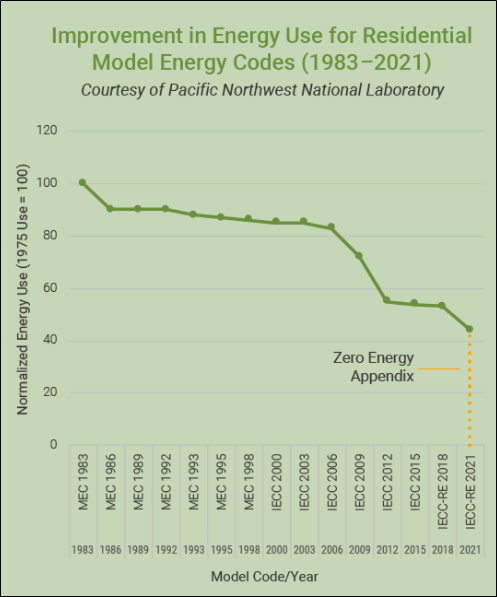
(Source: ICC)
Training Can Significantly Improve Efficiency
While adopting modern building codes is one of the biggest actions state policymakers can take to reduce energy waste for their constituents, the hard work only starts after code adoption is complete. To have the intended impact, builders must comply with improved codes. Most states require code officials to achieve a threshold level of certification, but don’t require training on the code provisions they’re responsible for overseeing. This creates a situation in which workforce training is majorly lacking.
In an industry that is increasingly becoming more innovative and complex in its systems, it is even more critical that the workforce be up-to-date on the latest challenges and opportunities for energy efficiency. This means ensuring city and state codes officials, home builders, architects, energy auditors, and installers are brought on board with code changes. According to the Department of Energy, providing training and education has resulted in energy efficiency improvements of 45%.
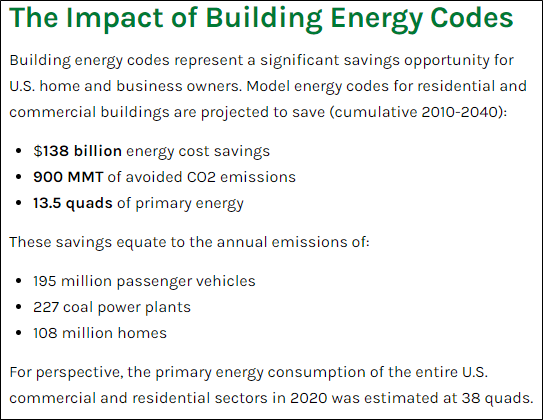
(Source: Building Energy Codes Program)
The pandemic hit reset on so many things. It’s time to start fresh with a new drive for building efficiency across the country – to help families save on energy costs at a time when prices are rising, to create local green jobs when many people are looking for opportunities, and to decarbonize one of the highest-emitting sectors when there is technology and momentum to do so. Funding in the infrastructure bill provides the right boost at the right time for meeting these goals. Now upwards and onwards to implementation!
For resources on how you can help support the adoption of modern building energy codes, learn more about the Code on a Mission campaign.
STAY EMPOWERED
Help the Alliance advocate for policies to use energy more efficiently – supporting job creation, reduced emissions, and lower costs. Contact your member of Congress.
Energy efficiency is smart, nonpartisan, and practical. So are we. Our strength comes from an unparalleled group of Alliance Associates working collaboratively under the Alliance umbrella to pave the way for energy efficiency gains.
The power of efficiency is in your hands. Supporting the Alliance means supporting a vision for using energy more productively to achieve economic growth, a cleaner environment, and greater energy security, affordability, and reliability.


